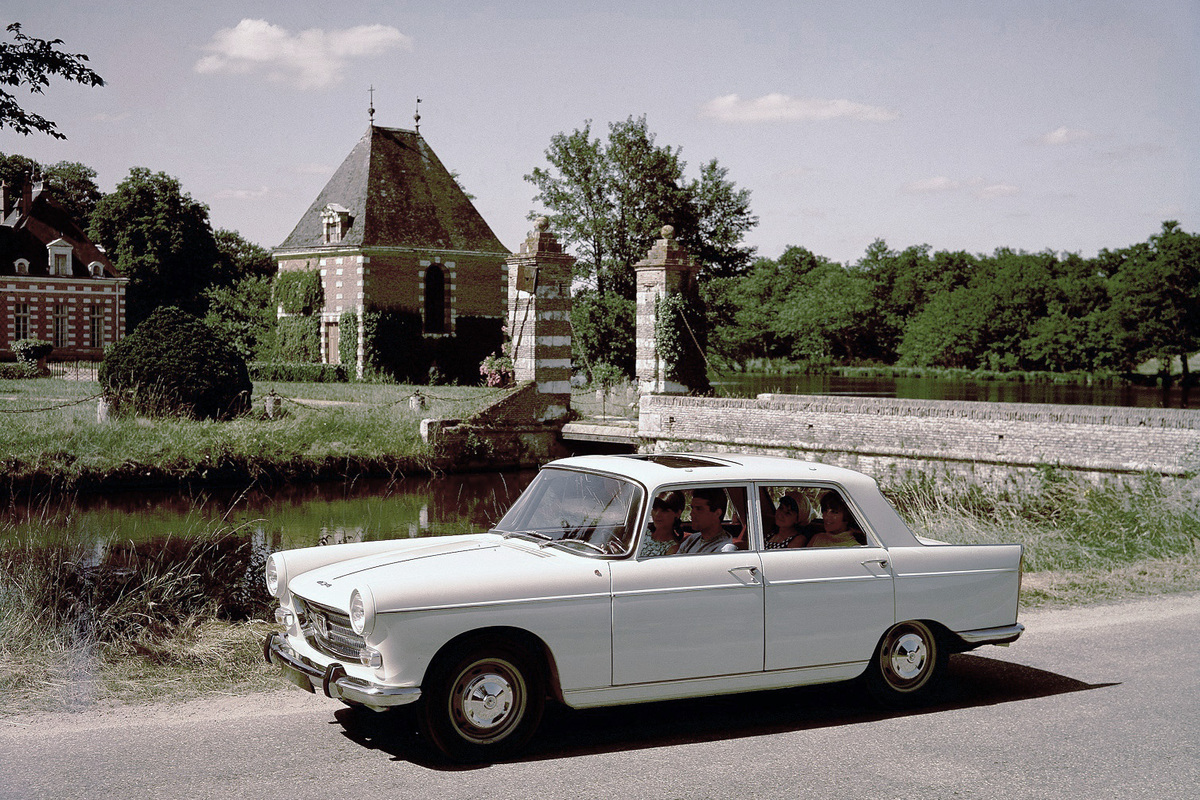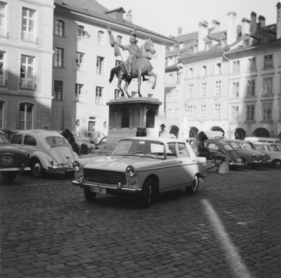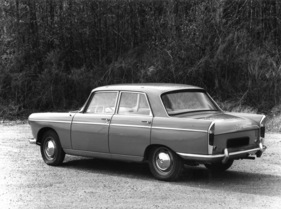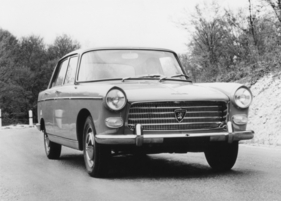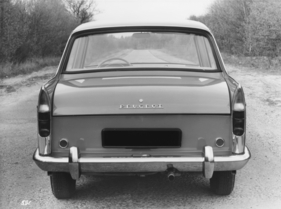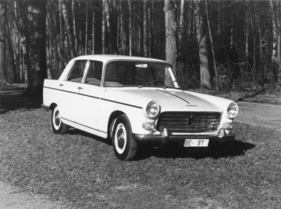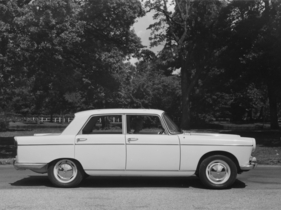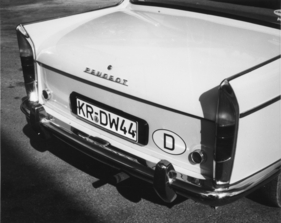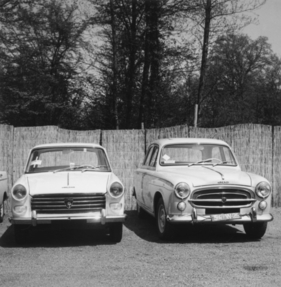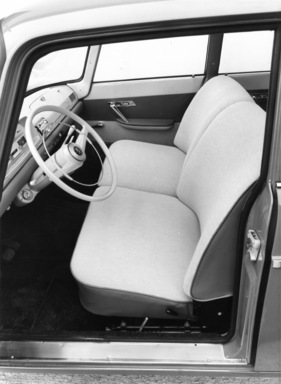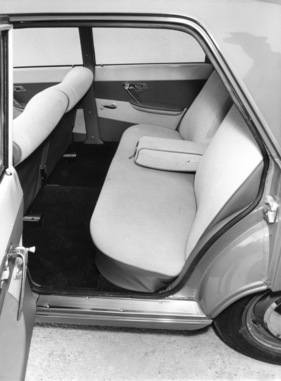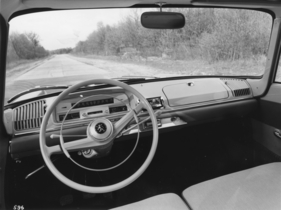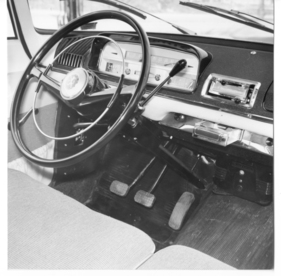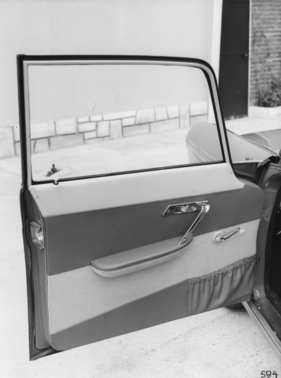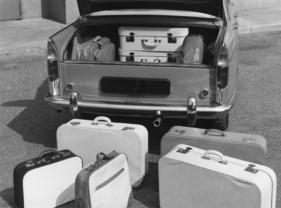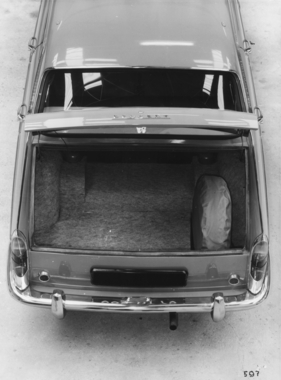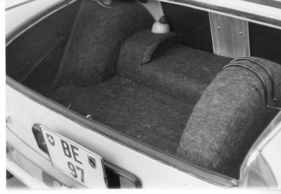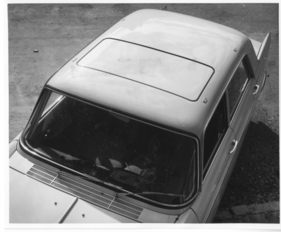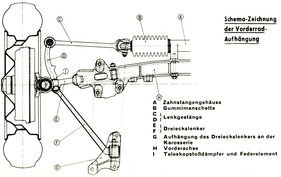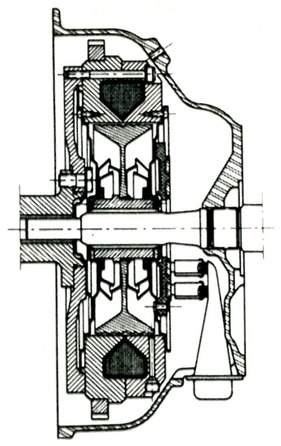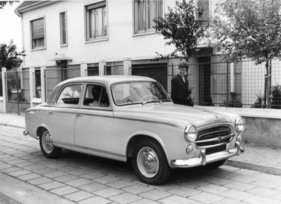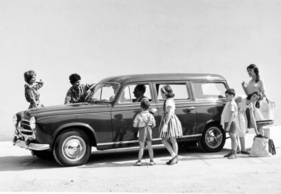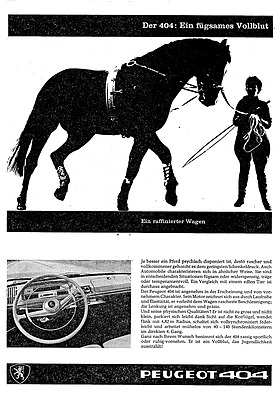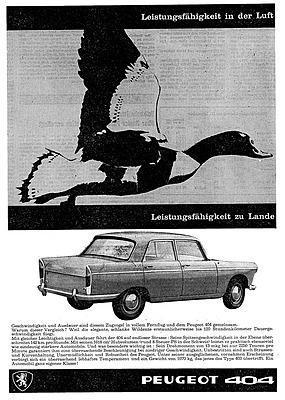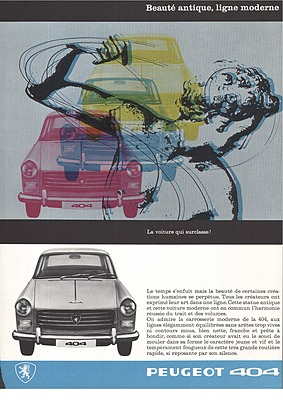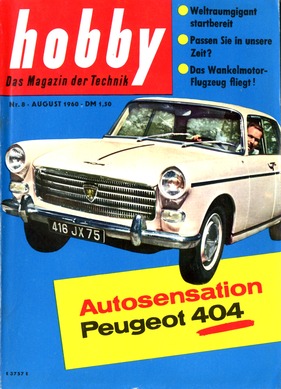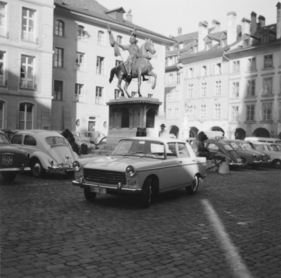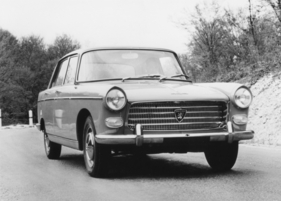Peugeot 404 in the (historic) test - attractive and balanced
Summary
The Peugeot 403 was considered to be a rock-solid car, but its body was already a little outdated at the beginning of the 1960s. With the 404, a successor was launched in 1960 that fitted better into the new decade, both technically and visually. The modified chassis, the optimized four-cylinder engine and the attractive trapezoidal body were not the only selling points of the French saloon. This article reproduces a test report from the spring of 1961 and shows the Peugeot 404 in extensive photo and sales material from that time.
This article contains the following chapters
- Modernized engine
- Four-speed gearbox stepped to the higher torque
- Twice Pininfarina
- Exemplary interior
- Observed while driving
- Technical data
- Measured values
Estimated reading time: 12min
Preview (beginning of the article)
As you know, we never got a Peugeot 403 test car. This was because, as the Peugeot importer for northern Germany frankly assured us, they already had excellent test cars and no test car. This has since changed in that the far more agile importer for western and southern Germany, the Walter Hagen company in Krefeld, has now stepped in on the basis of an agreement we made during a joint visit to the Peugeot factory in Sochaux. The fact that we were refused the 403 did not, however, preclude us from driving this car and realizing quite soberly that the 403 is a very stable, manoeuvrable mid-range car with very good road holding. In its design, however, it was anything but a modern car. The 1.5-liter four-cylinder engine with side-mounted camshaft produces 53.5 hp, maximum torque 10.3 mkg/2500 rpm, compression ratio 7:1 - a perfectly normal engine, as you can see.
Continue reading this article for free?
Photos of this article

